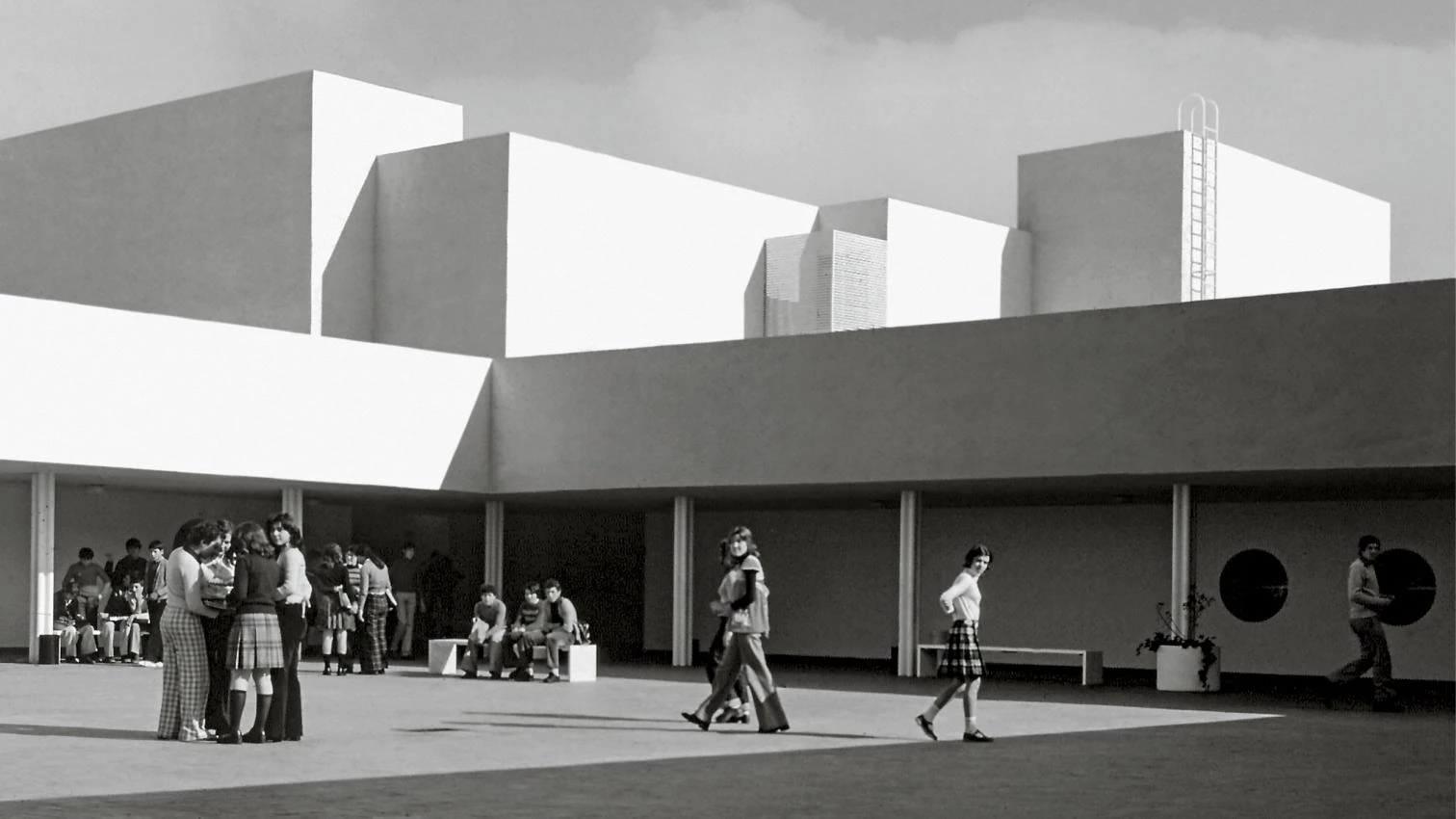
Some architects build from nothing, raising objects on a tabula rasa; others prefer to transform what already exists, in such a way that it is seen differently. Julio Cano Lasso is definitely in the second group.
The sensitivity for human and natural preexistences may explain why Cano, one of the most brilliant 20th-century Spanish architects, took years to be critically acclaimed. His modernity – undogmatic, made of agreements with real problems and incorporating tradition in personal ways – did not fit well with the geometric rigor of hardline avantgardes, in the same way that his conservatism – despite its capacity to share space with the modern aesthetic – never really tuned in with the rupturist discourses that dominated a good part of his lifespan.
This personality of his – refracting slogans and ‘currents’ – made his work difficult to understand correctly. But it is also true, precisely, that Cano’s embracing of the complexities of reality – his at heart Venturian rejection of modern puritans – was what made his work lastingly of interest. And all this in spite of – or thanks to – Cano’s eclecticism, which was detected by critics early on, to shine through in diverse, complex, rewarding ways.
There was an eclecticism, first, in which the powerful language of simple forms with modern roots was fused with the organicist materiality that sometimes had to do with Aalto, whom Cano held in the highest esteem, but in other cases simply came from an economy of means and the vernacular tone. A second was an eclecticism of values, where the discourse of modern rationality managed to implant itself in the crucible of Spanish tradition, something the history-loving Cano never tired of upholding. And finally there was an eclecticism of style, bordering on the mannerist in at least two senses of the term: mannerism as a personal poetic, with sophisticated gestures that demonstrate a mastery of the discipline and its tradition; and mannerism as the capacity to adapt to the demands of real life (landscapes, cities, programs, clients), that is, the flexible and paradoxical mannerism of common sense.
Mannerisms which in Cano’s case also have to do with his pictorial attitude of working with foreshortenings, plans, asymmetries, chiaroscuros, atmospheres, textures, and landscapes. So there is nothing strange in Cano finding evidence of a powerful, monumental, fertile rationality in Castilian fortresses – like Gropius being fascinated with the castle of Coca.
Many are the paths into the oeuvre of Cano Lasso, and to lay them down for us Inmaculada Maluenda and Enrique Encabo have intelligently resorted to the polysemy of the term ‘natures.’ The result is an exquisite book which in time with the architect’s centenary throws light on an entire career, features articles by renowned critics, presents a beautiful dialogue between original documentation and Iwan Baan’s photography, and can be said to be the best monograph so far done on the master Cano Lasso, paradigm of an eclectic, humane architecture.






